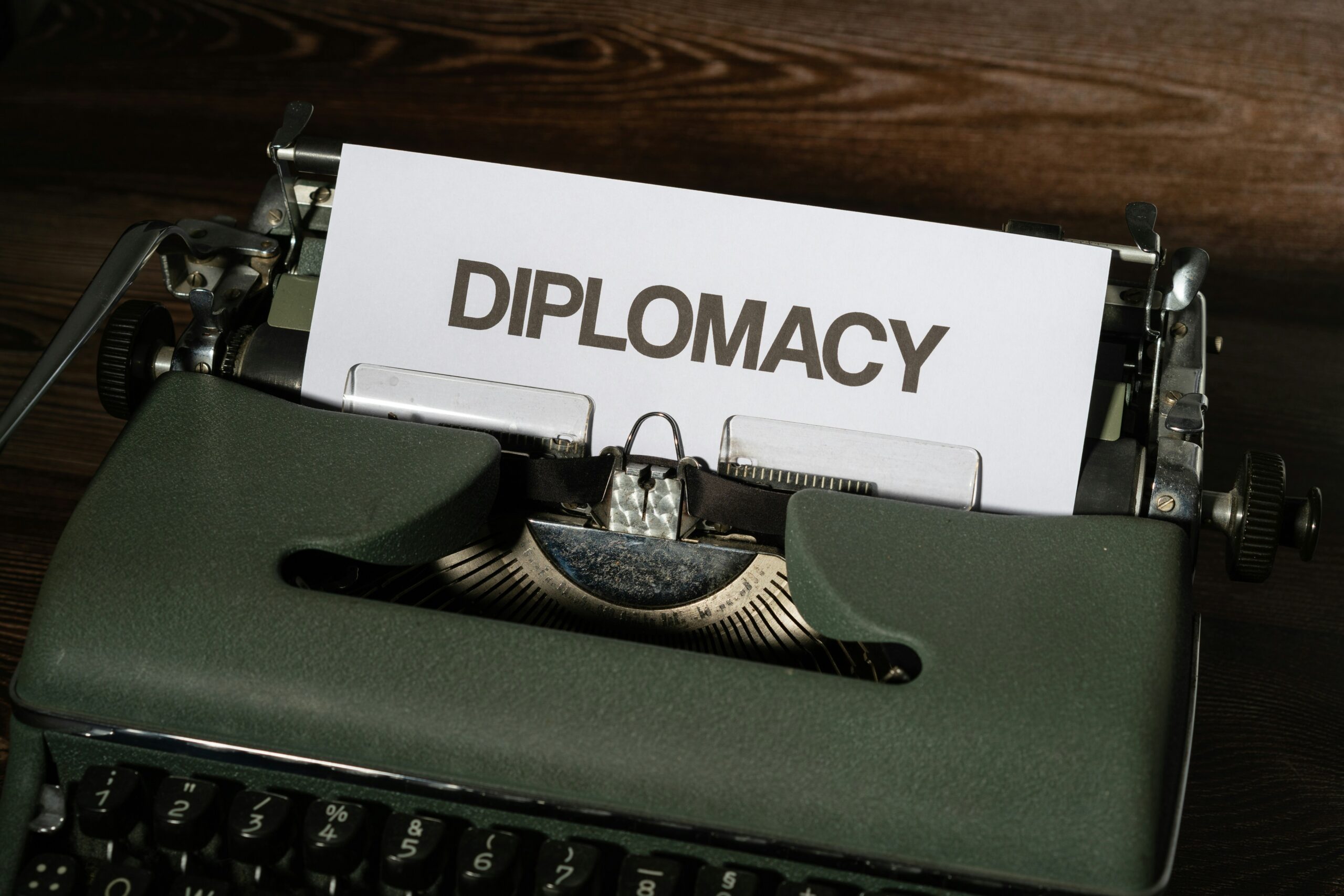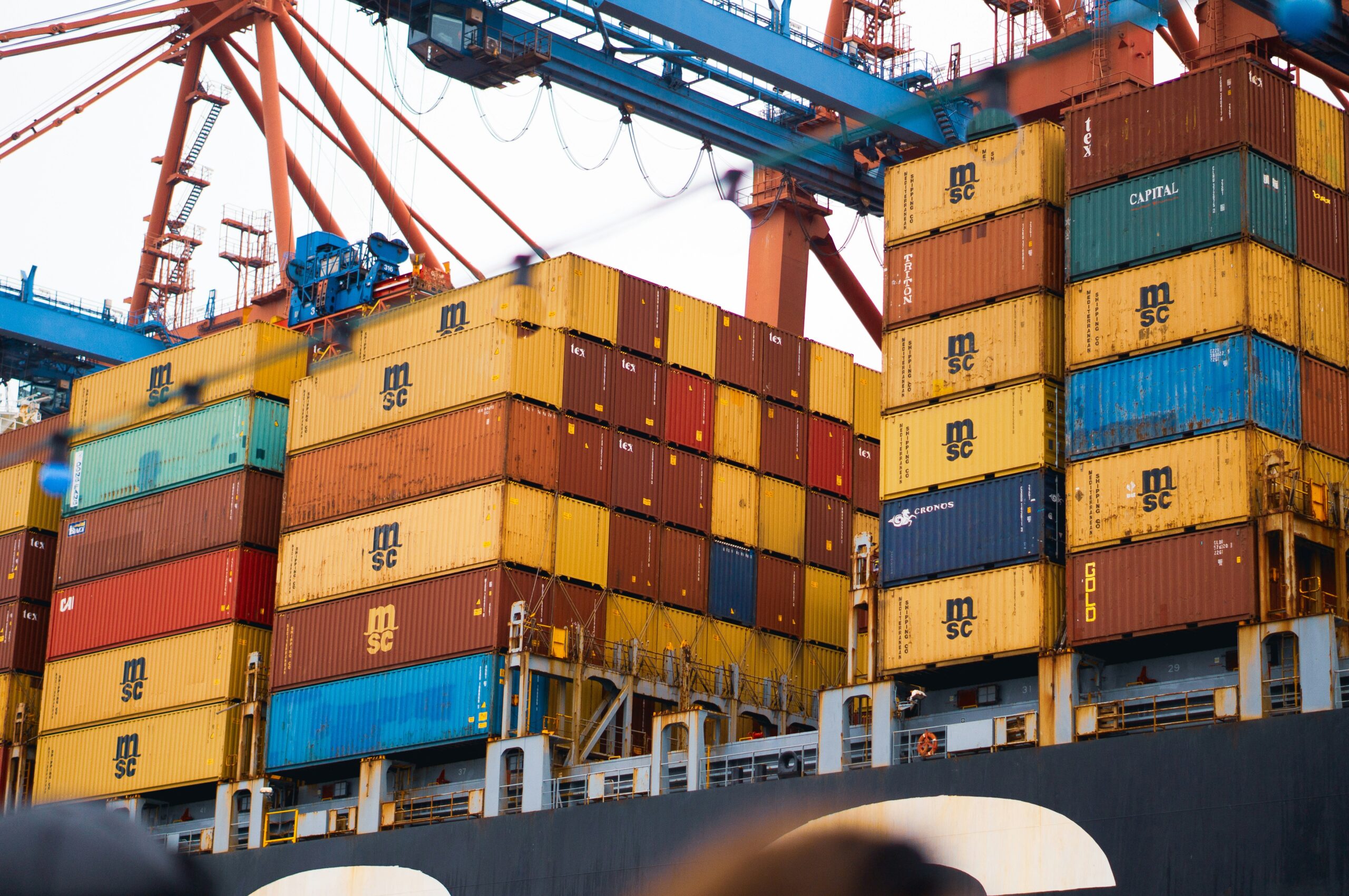Near Haiti, Jamaica, and Cuba is a tiny, isolated island called Navassa Island. It was initially bought for its guano deposits, but it now seems to serve no purpose for the U.s. Reviewing the geology and past of the island raises several prospects for development as well as for American interests in this far-off region.

The political status of Navassa Island
When an agent of the Baltimore Corporation acquired ownership of the archipelago in the name of the United States following the Guano Law, Navassa became a U.S. territorial region. The actual management of the island was given to the Navassa Mineral Organization in 1889. When the island was completely deserted in 1898, all activities were stopped.
The U.S. Coastal Police ended its involvement in Navassa in 1976 after deciding that the lighthouse there no longer served any use for the American administration. The U.S. Coast Commander’s decision to stop managing Navassa’s operations, nevertheless, had no impact on the country’s authority over the territory. After that, the Bureau of the Interior took on duty for the legislative management of the U.S. offshore territory.
The Navassa Island Wildlife Reserve was formed as a component by the U.S. Fish and wildlife agency on September 2, 1999. The Ministry of Insular Affairs lost all legal control of Navassa on December 3, 1999, and the U.S. wildlife agency took over full management.
Diplomatic relations
Since the island is uninhabited and is managed by the U.S. government agency, it has diplomatic relations with the following under the U.S.
Ties with the United Kingdom
The U.S. Embassy in London is strategically positioned in the Nine Elms region, a redeveloped commercial neighborhood near the center of London that was once part of the regal Vauxhall Fields. The Us and the United Kingdom’s long-term dedication to their special partnership is physically represented via the Embassy. The most dynamic and significant bilateral ties in the world are fully supported by hundreds of Embassy guests who take advantage of the facility’s modernity, security, and accessibility.
Ties with European Union
There are two distinct methods of diplomacy used by the US and the EU. The US is a “warrior state,” according to professor Michael Smith. This implies the employment of armed resources, government action, and a diplomatic strategy based on independence. The EU, on the other hand, exhibits the diplomacy of a “trading state.” This indicates that global influence, persuasion, and trade are the main objectives of EU relations.
Together, the US and EU control much of the world’s economy, foreign relations, and military power. To a large extent, the majority of the world cares deeply about what each one has to say. The plurality of EU member nations, as well as the US, are participants in NATO.
Ties with Canada
Canada has established its embassies in 14 U.S. states. The United States (U.S.) and Canada have a special bond. Geographical similarities, shared ideals, shared interests, close personal relationships, and strong, multifaceted economic links have helped to establish the relationship between Canada and the United States.
With more than $1 trillion in bilateral commerce in commodities and activities in 2021, Canada and the U.S. have one of the greatest trading agreements on the planet.
Canada’s efforts in the economic relationship are concentrated on making sure the CUSMA is implemented effectively, enhancing supply chain resilience, and addressing bilateral disputes. To solve issues with international trade, Canada is also looking to improve coordination with the U.S. In global fora like the Arctic Council, APEC, G20, NATO, OAS, OECD, OSCE, UN, and WTO, Canada, and the United States collaborate closely.



